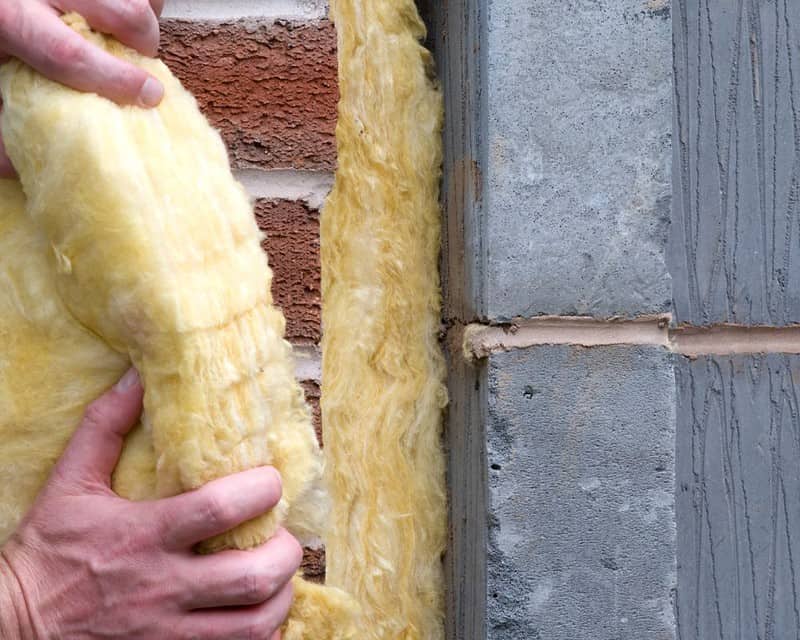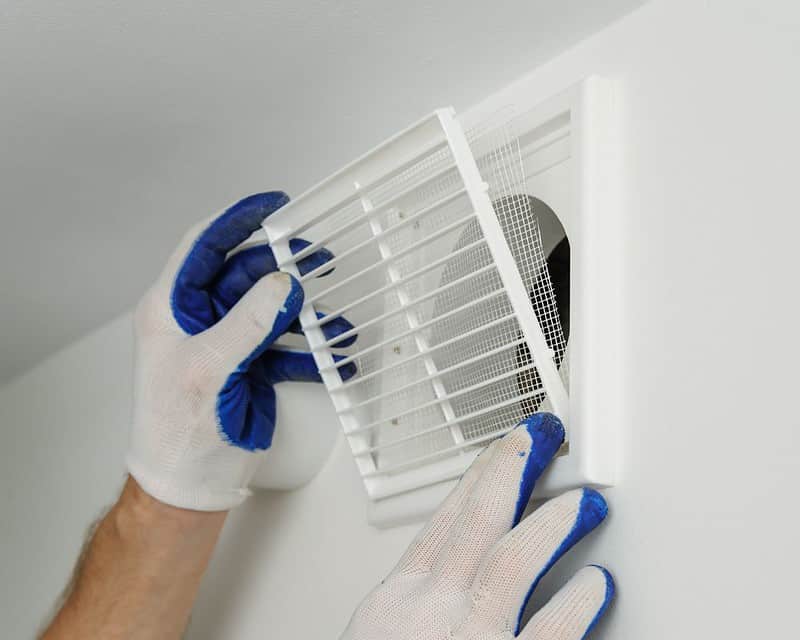Many factors come into play when creating a healthy and comfortable home environment. One crucial aspect that often goes unnoticed is the role of insulation in indoor air quality (IAQ). In Texas, where extreme temperatures are typical, proper insulation not only helps regulate temperature but also plays a significant role in improving IAQ. This article will explore the connection between insulation and IAQ and discuss how to enhance your home’s health by focusing on insulation.
1. Controlling Moisture

Proper insulation helps control moisture levels in your home, preventing the growth of mold, mildew, and other harmful microorganisms. In Texas, where high humidity is prevalent, moisture control is crucial. Insulation materials with moisture-resistant properties, such as closed-cell spray foam or rigid foam insulation, help create a barrier that prevents moisture from seeping into the walls or attic. By reducing moisture levels, you can minimize the risk of mold-related health issues, such as respiratory problems and allergies.
2. Preventing Air Leaks
Insulation plays a vital role in sealing gaps and cracks in your home’s envelope, preventing air leaks. Air leaks allow outdoor pollutants, allergens, and contaminants to enter your home, compromising indoor air quality. Insulation materials like spray foam or blown-in cellulose are particularly effective at creating an airtight seal, reducing the infiltration of outdoor pollutants. You can create a healthier indoor environment with improved IAQ by eliminating drafts and air leaks.
3. Filtering Airborne Particles
Some insulation materials, such as fiberglass or cellulose, have the added benefit of acting as filters for airborne particles. The air passing through the insulation can trap and filter out dust, pollen, and other allergens, preventing them from circulating throughout your home. Regularly cleaning your insulation, such as vacuuming or professional cleaning, can help remove accumulated particles and improve IAQ.
4. Reducing Chemical Off-Gassing
Certain insulation materials, especially those made from natural or eco-friendly sources, emit fewer harmful volatile organic compounds (VOCs) into the air. VOCs are chemicals commonly found in building materials, including some insulation products, and can contribute to poor IAQ and health issues. Choosing insulation materials with low VOC emissions, such as natural fiber-based options or those with third-party certifications like GREENGUARD, can help reduce the release of harmful chemicals into your home’s air.
5. Ventilation Considerations

While insulation is crucial for improving IAQ, balancing it with proper ventilation is essential. Insulation creates a more airtight and energy-efficient home, which can lead to reduced fresh air exchange. Insufficient fresh air can result in a buildup of indoor pollutants and decreased IAQ. Therefore, it’s crucial to implement mechanical ventilation systems, such as energy recovery ventilators (ERVs) or heat recovery ventilators (HRVs), to ensure a constant supply of fresh air while maintaining energy efficiency.
In conclusion, insulation plays a significant role in improving indoor air quality in Texas homes. By controlling moisture levels, preventing air leaks, filtering airborne particles, reducing chemical off-gassing, and considering ventilation needs, you can create a healthier living environment for you and your family. When selecting insulation materials, consider those with moisture-resistant properties, low VOC emissions, and the ability to create an airtight seal, such as spray foam. Consulting with insulation professionals like iFOAM Spring in Texas can help you make informed decisions and optimize your home’s health and IAQ. By prioritizing insulation and its impact on IAQ, you can enjoy a healthier, more comfortable living space in the diverse climate of Texas.
